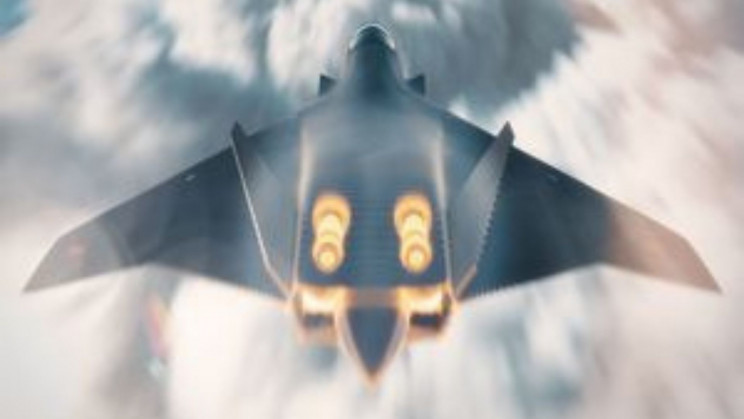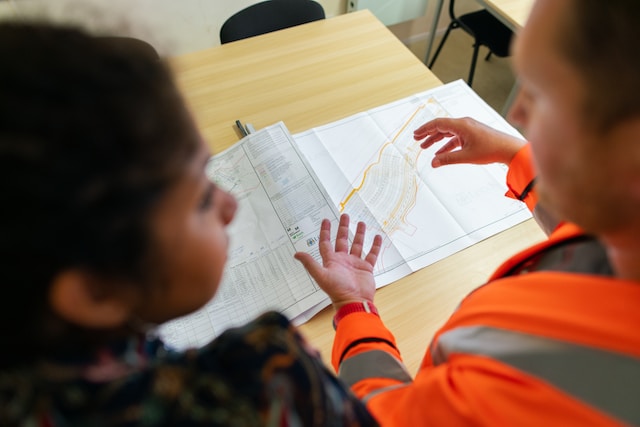Researchers at the Public University of Navarra (UPNA) have achieved a groundbreaking milestone in holographic technology: they’ve developed the first-ever 3D holograms you can physically touch and manipulate in mid-air.
Led by Dr. Elodie Bouzbib, the team—which includes Iosune Sarasate, Unai Fernández, Manuel López-Amo, Iván Fernández, Iñigo Ezcurdia, and Asier Marzo—pushed the boundaries of interactivity, marking a major leap toward immersive holographic.
How It Works
Typically, holograms are just visual projections—you can see them, but not touch them. However, UPNA’s system, called FlexiVol, changes that. Instead of a rigid display, it uses a flexible, elastic diffuser that rapidly moves to project thousands of images at different depths.
As a result, this creates a true volumetric 3D image suspended in mid-air. Even more impressively, the display allows users to interact with the holograms directly, without needing gloves, headsets, or other special gear.
Real-World Applications
This breakthrough opens up endless possibilities. For instance, educators could let students interact with 3D models of molecules or historical artifacts. Surgeons might practice complex operations on holographic organs in real-time. Furthermore, designers and game developers could create next-level interactive experiences using this tech.
Ultimately, by blending tactile feedback with holographic visuals, the researchers have taken us one big step closer to the kinds of technologies we’ve only seen in science fiction.







